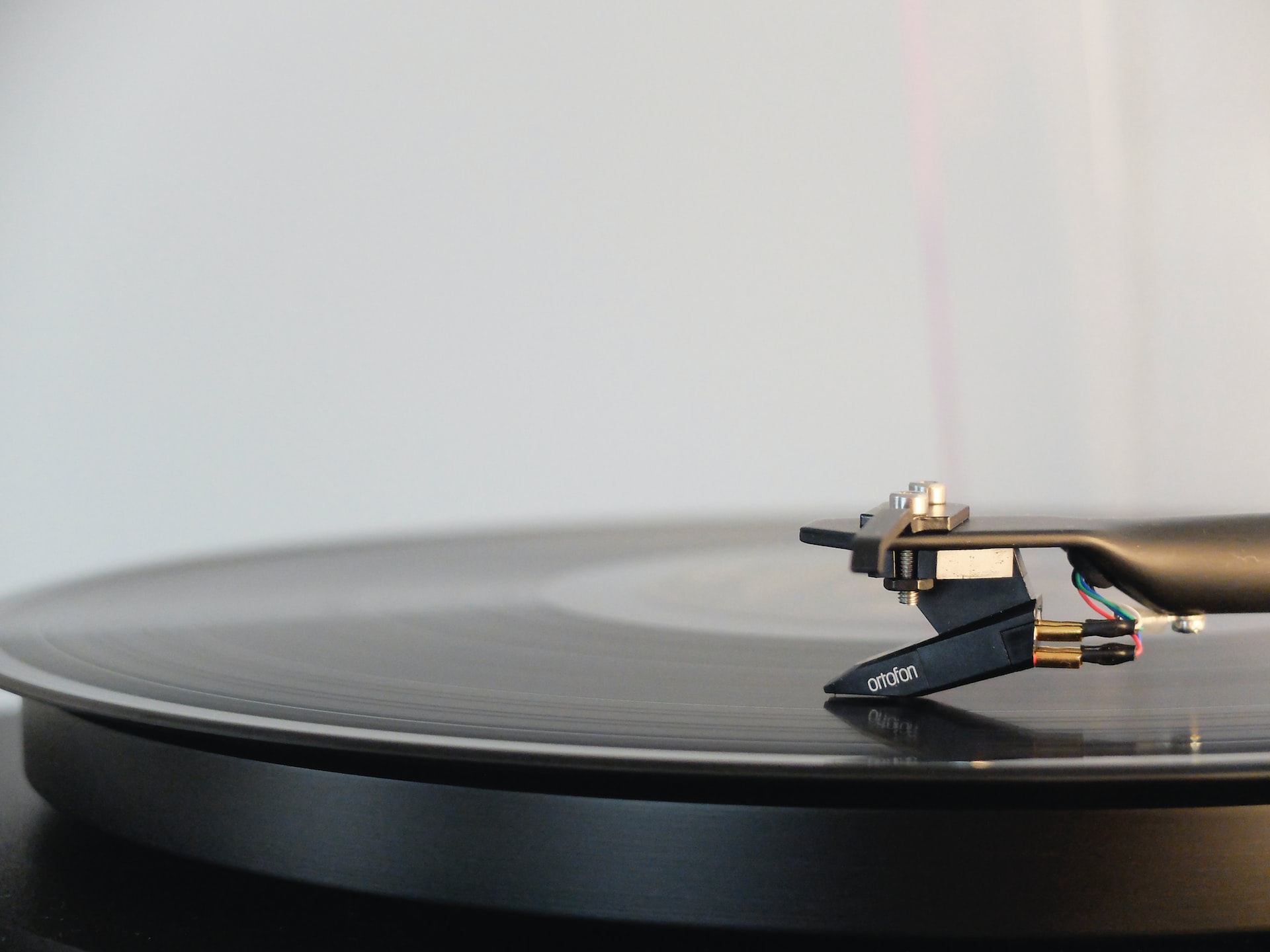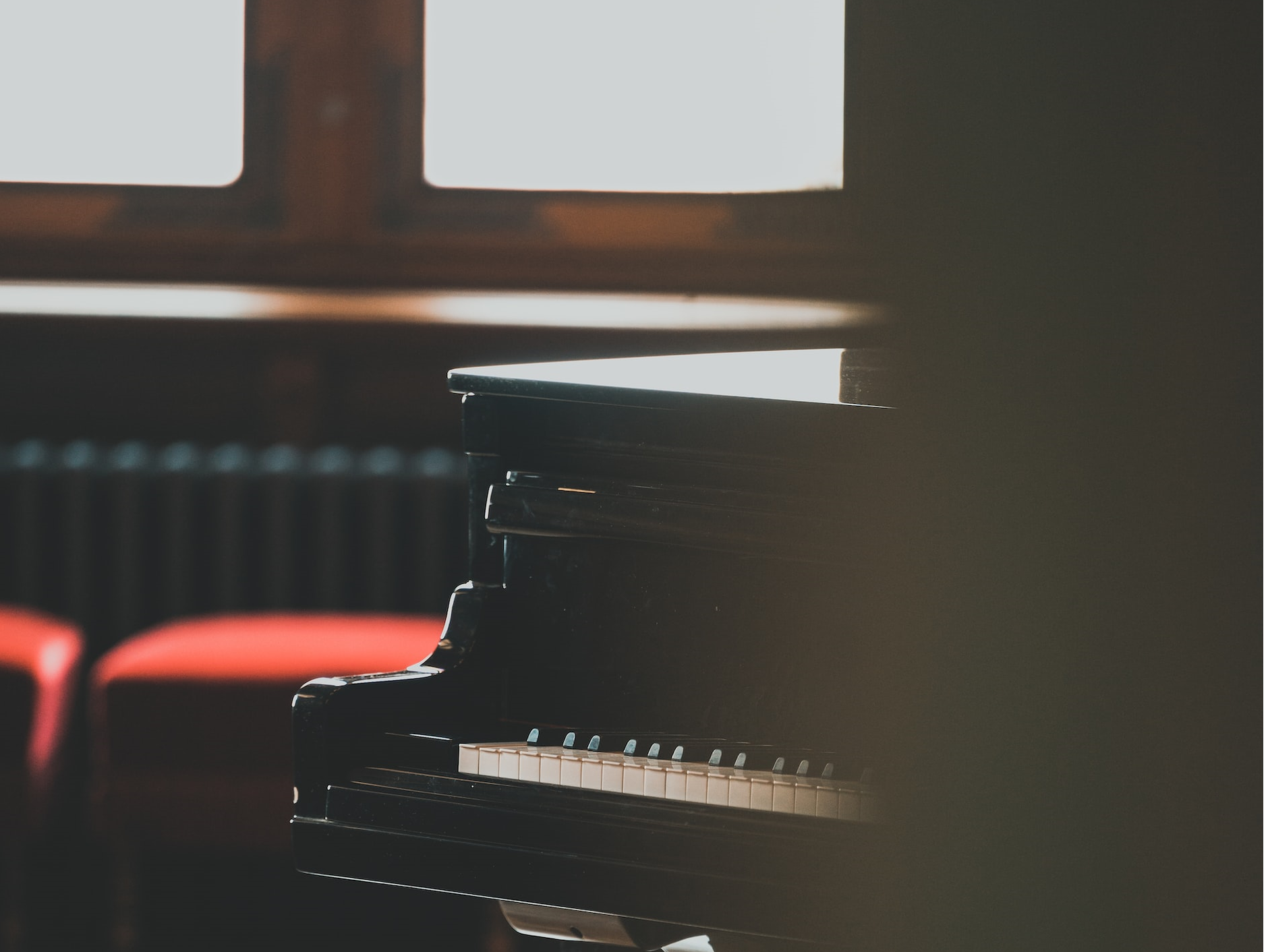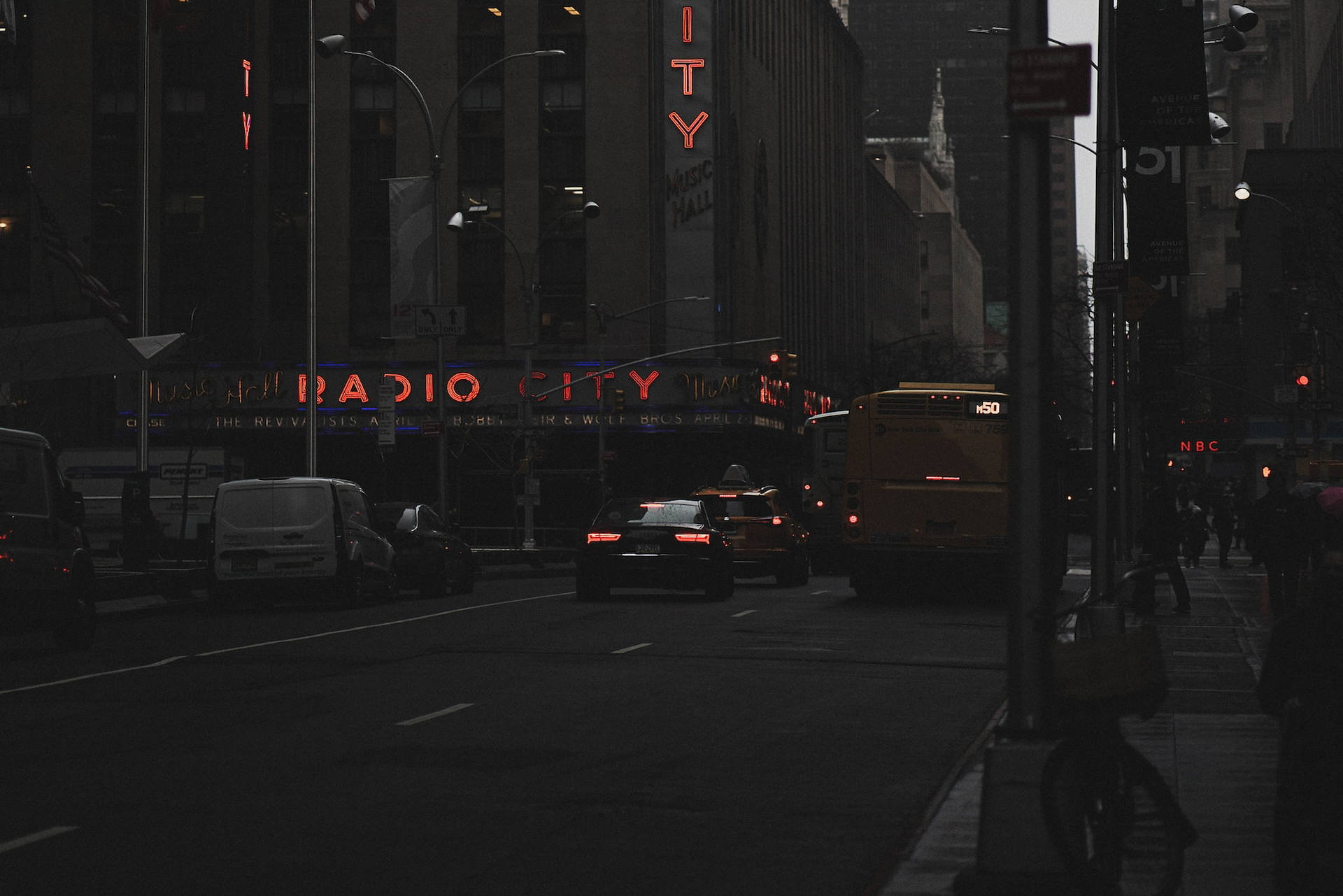There was a one song which we children sang during World War I, in addition to the choruses which the troops marched to, such as “Tipperary”, “Pack up your troubles”, “Long, long trail”, Madamoiselle from Armentieres” and many others; our speciality went as follows to the tune of "Pretty Red Wing”,
"When the moon shines bright on Charlie Chaplin,
His boots are cracking
For the want of blacking,
And his little baggy trousers they want mending
Before they send him to the Dardanelles.”




